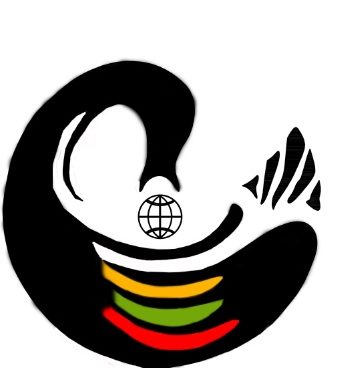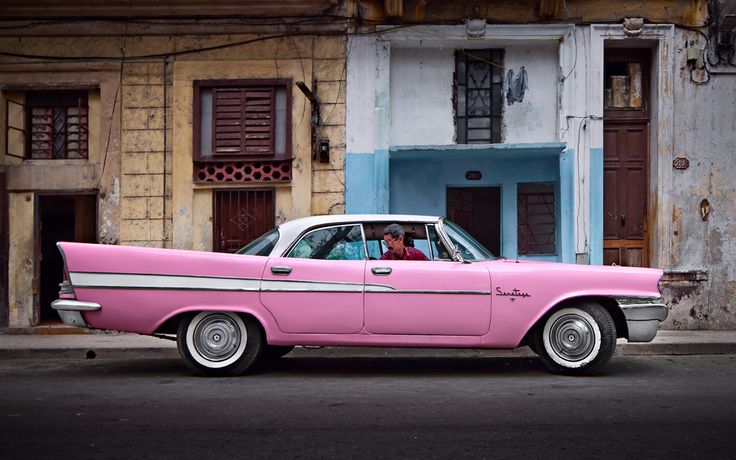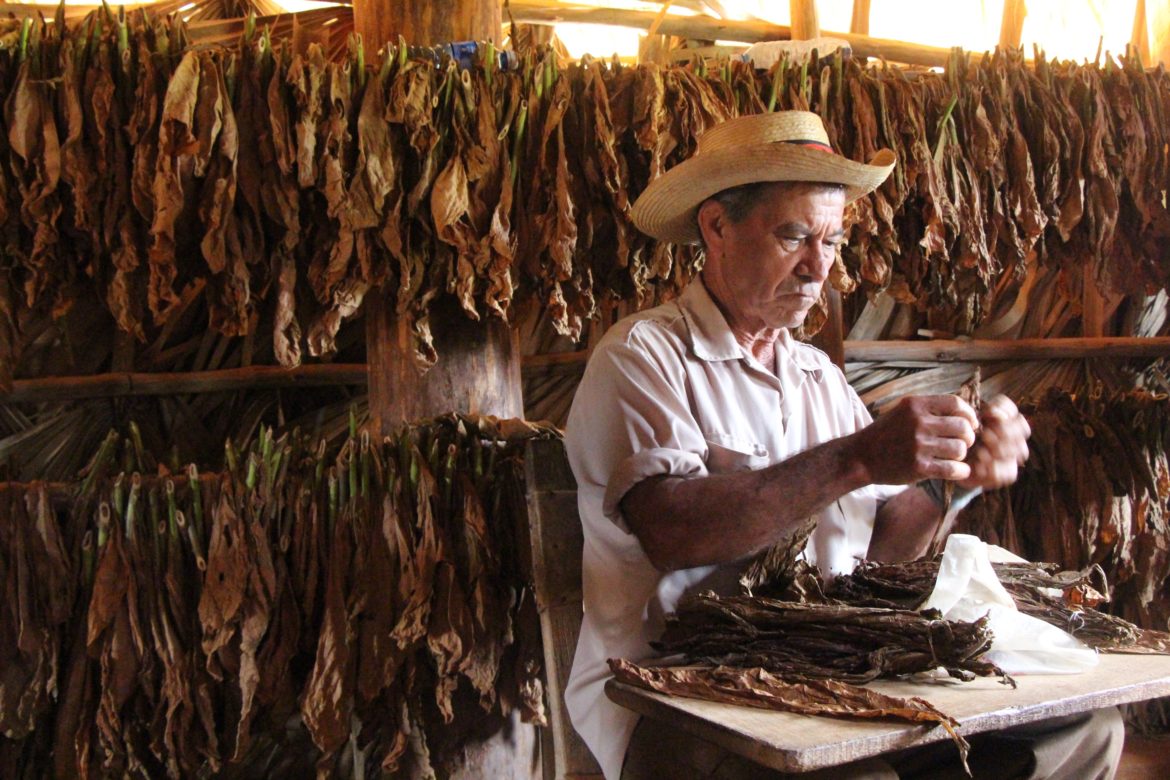Cuba is a country of the West Indies, the largest single island of the archipelago, and one of the more-influential states of the Caribbean region. Life in contemporary Cuba is thus challenging, given the limited access to food, transportation, electrical power, and other necessities. Even so, many Cubans show a fierce pride in their revolutionary society, the only one of its kind in Latin America. Cuba is a multicultural, largely urban nation, although it has only one major city: Havana (La Habana), the capital and commercial hub of the country, on the northwestern coast. The Guanahatabey and Ciboney peoples were among the original hunter-gatherer societies to inhabit Cuba by about 4000 BCE, the former living in the extreme west of the island and the latter mainly on the cays to the south, with limited numbers in other places. The Taino (Arawakan Indians) arrived later, probably about 500 CE, and spread throughout Cuba, the rest of the Greater Antilles, and the Bahamas. Spanish is the principal language of Cuba. Although there are no local dialects, the island’s diverse ethnic groups have influenced speech patterns. Africans, in particular, have greatly enriched the vocabulary and contributed the soft, somewhat nasal accent and rhythmic intonation that distinguish contemporary Cuban speech. About one-fifth of Cubans are nonreligious. The total number of adherents to Santería—Cuba’s main religious movement—is unknown but may include between one-half and seven-tenths of the population. The Santería religion includes many traditions of West African (mainly Yoruba) origin, notably praying to orishas (divine emissaries), many of which have been formally identified with Roman Catholic saints. Apart from sugarcane, the chief crops are rice, citrus fruits, potatoes, plantains and bananas, cassava, tomatoes, and corn. Fruit trees include such citrus varieties as lemon, orange, and grapefruit. Because the supply of river water is limited, wells in La Habana province and elsewhere draw heavily on groundwater supplies. The main hydroelectric power plants are located in southeastern Cuba. Tourism,government services, education, health care, entertainment, and other services account for about two-fifths of the employment in Cuba.
Things to Do:
Stroll the Havana Malecon.
Visit the streets of Old Havana.
View the works in the Museo Nacional de Bellas Artes.
View raw 20th century history at the Museum of the Revolution.






